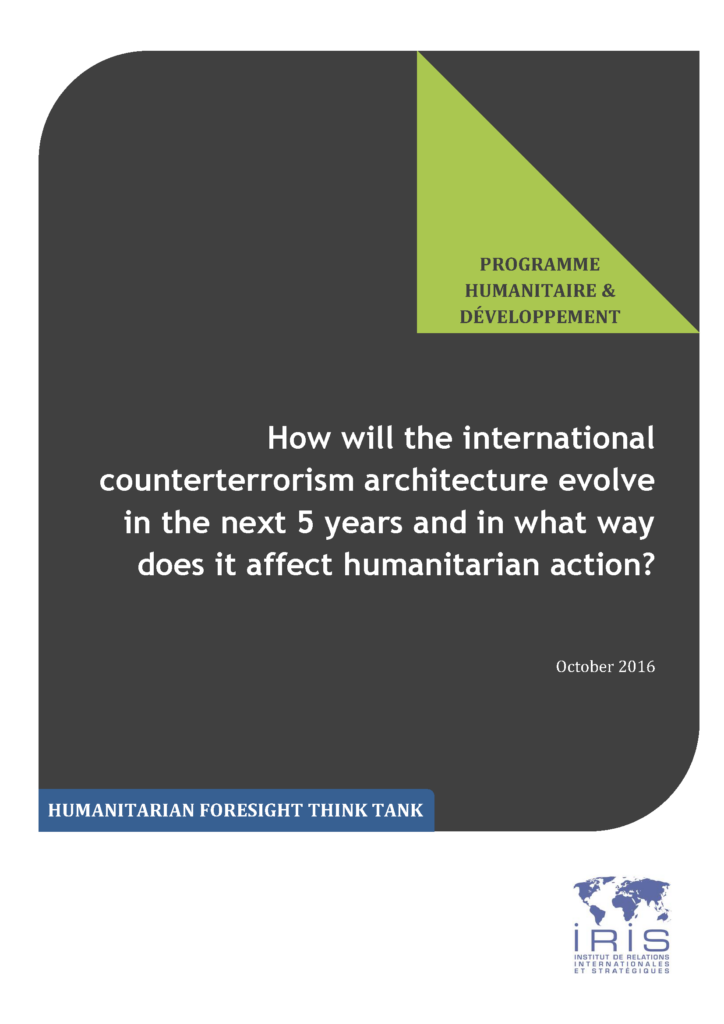Notes / Human Security
15 October 2016
How will the international counterterrorism architecture evolve in the next 5 years and in what way does it affect humanitarian action?

Legislation and military initiatives under the umbrella of the Global War on Terror have proliferated since its inception following the September 11 attacks. The expanded web of conventions, laws and institutions have created a complex and multi-layered system designed to prevent terrorist acts and minimize the impact of potential terror actors.
There are a plurality of approaches that are undertaken to mitigate the threat of terrorism including militarily, in covert actions and through the rule of law. Having a variety of different approaches allows governments to employ the most efficacious tactics in their fight to combat terrorism depending on the context but it also enables them to take advantage of the lack of transparency and at times, obfuscate international and human rights laws by employing a multitude of different approaches. This phenomenon, termed substitution has added further complication to the counterterrorism system as the diversity of approaches that are enacted not only exists between states but within a single state’s response.

